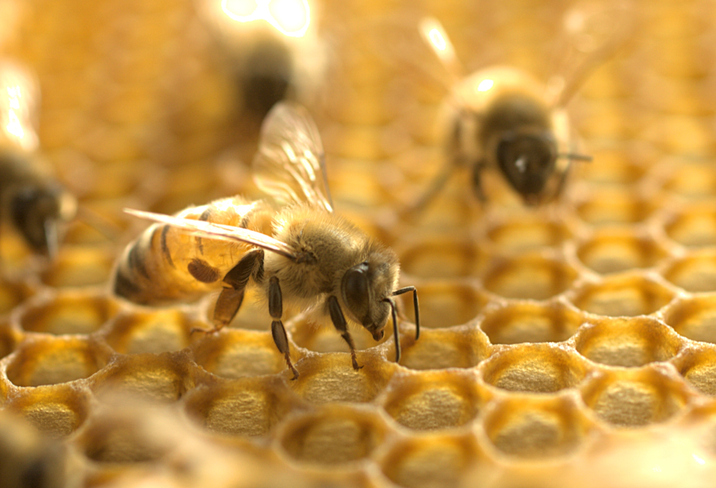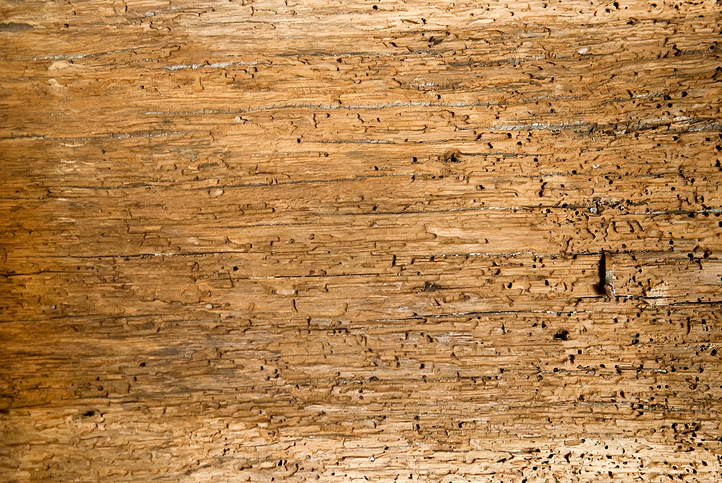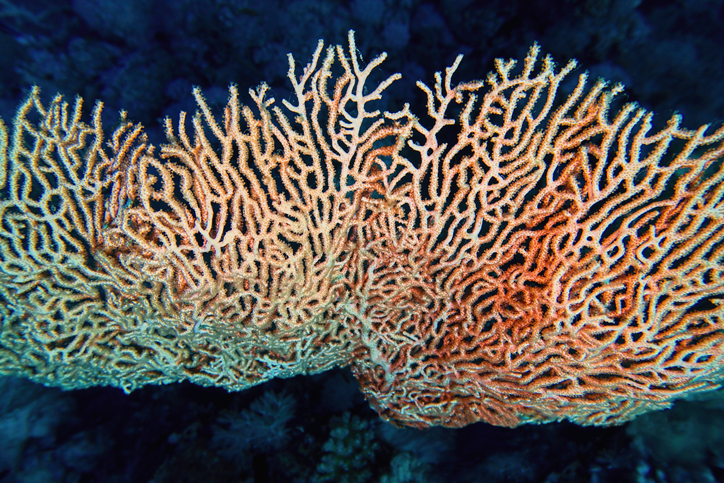New microbes discovered in deserts, honeycomb and coral
Posted on March 30, 2021 by Matt Bassett
Each month, the Microbiology Society publishes the International Journal of Systematic and Evolutionary Microbiology (IJSEM), which details newly discovered species of bacteria, fungi and protists. Here are some of the new species that have been discovered and the places they’ve been found.
Microbes are known to be able to survive in some of the most extreme environment’s earth has to offer. Two of this month’s new microbes were found in one of those environments. Researchers discovered Microbacterium karelineae in the Taklamakan desert, not so affectionately called the ‘Sea of Death’. The desert is the world’s 16th largest, covering an area of 337,000 square kilometres, and it situated in Northwest China. The researchers isolated M. karelineae for the halophyte karelineae, which is where the bacterium’s name was taken. Halophytes are plants that are salt tolerant, living in soil or water, with high salinity.
Researchers also discovered Kibdelosporangium persicum in a desert. This new member of the actinomycetes was discovered in Iran. Actinomycetes are incredibly important microbes in the field of antibiotic research. Researchers are searching for new antibiotic-producing species in unexplored habitats like deserts.

We normally have lots of microbes found in animals featured in this blog, and this month is no exception! Firstly, researchers found two new species in the honeycomb of Apis mellifera, also known as the honeybee. The researchers were investigating the microbiome of beehives and honey, and discovered Bombella favorum and Bombella mellum. These two new species are Acetic acid bacteria (AAB), usually found in alcohol or sugar-rich environments.
Researchers also discovered a new microbe in a slightly larger flying animal. Corynebacterium anserum was isolated from the faeces of greater white-fronted geese (Anser albifrons) living at Poyang Lake, PR China. Poyang Lake is China’s largest freshwater lake, attracting tens of thousands of migratory birds from Russia, Mongolia, Japan and Korea. This can increase the likelihood of pathogen transmission, so it’s important for researchers to learn more about the prokaryotic diversity of the birds.

Researchers also found three new species of bacteria in a wood-boring mollusc called a shipworm (Bankia setacea). The researchers isolated the bacteria from the gills of the shipworm, and named them Teredinibacter haidensis, Teredinibacter purpureus and Teredinibacter franksiae. Shipworms feed on wood and are found in all oceans of the world, as well as in a variety of brackish to freshwater bays, rivers and estuaries. They often have symbiotic relationships with cellulolytic bacteria (bacteria that feed on cellulose).


